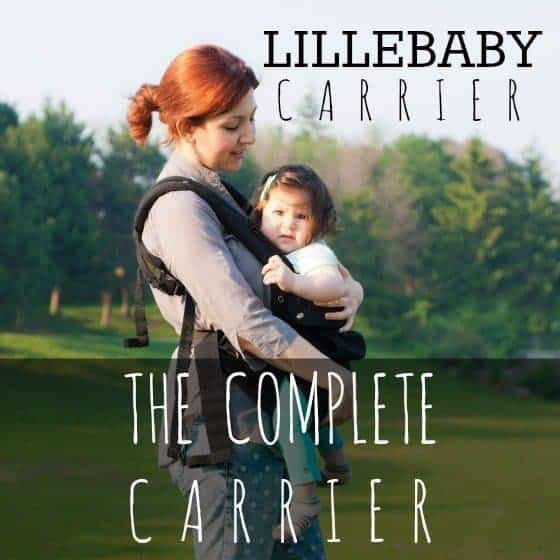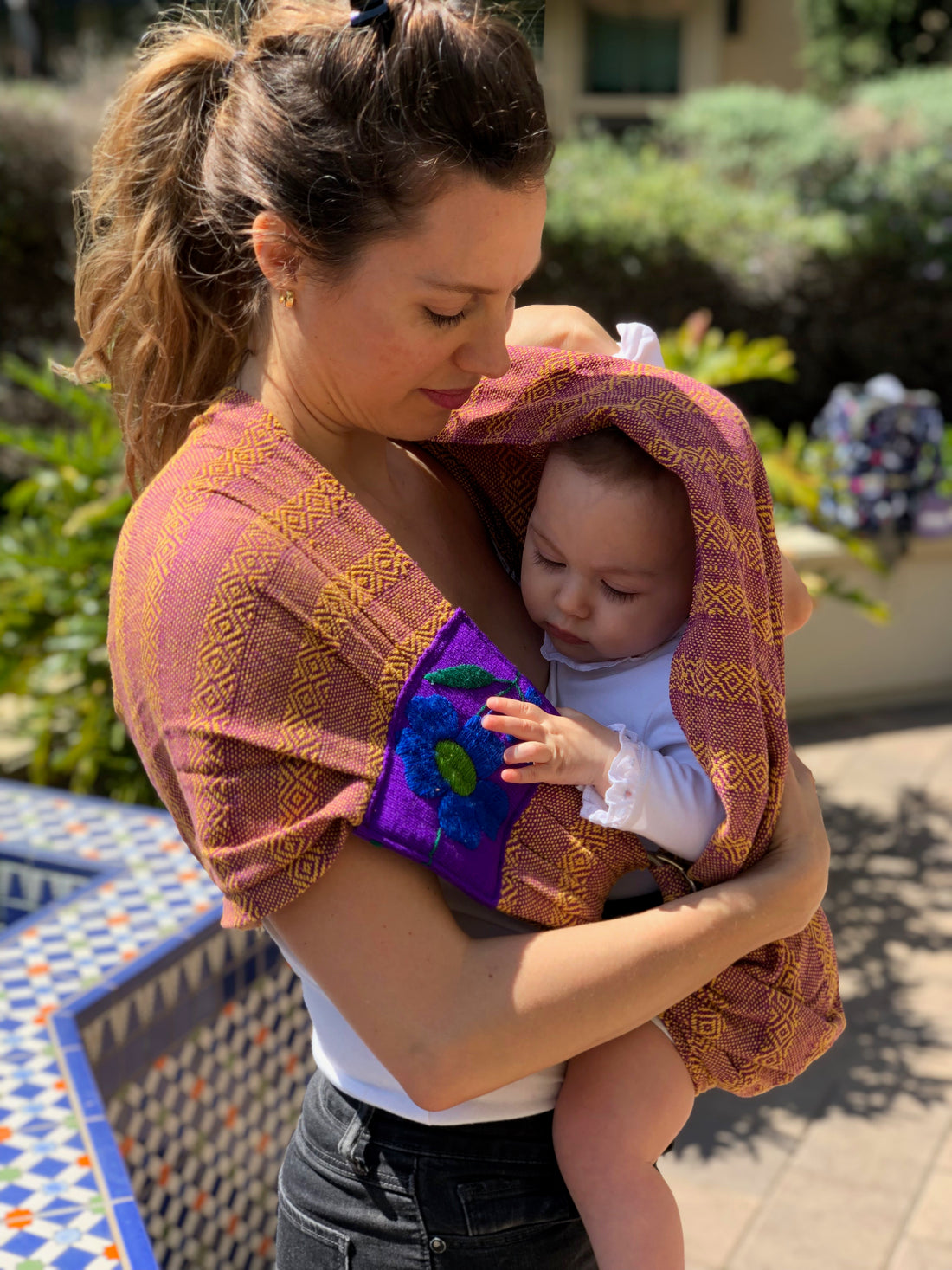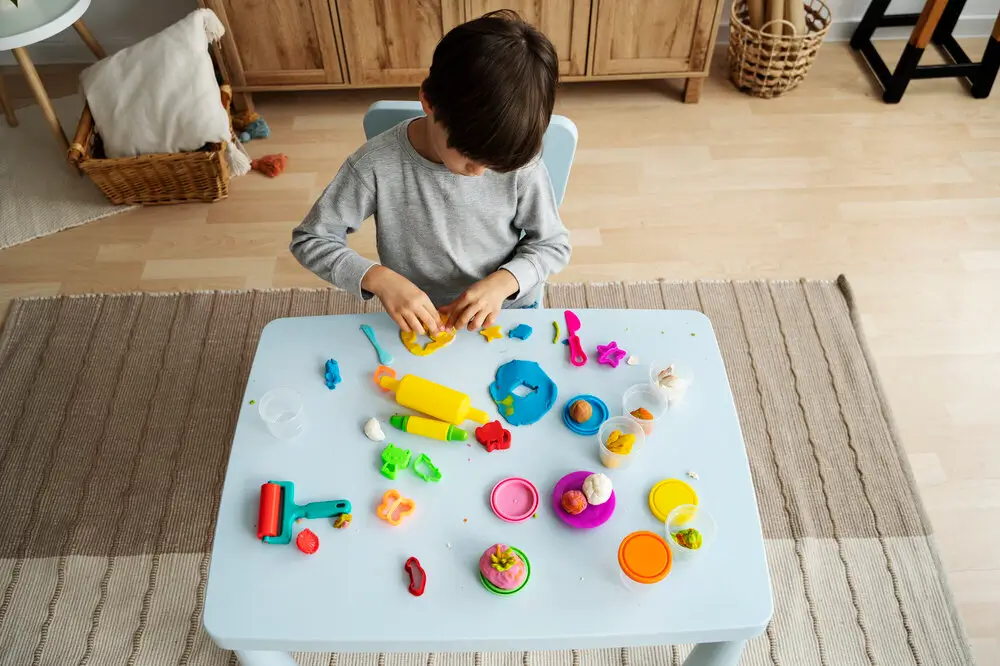Navigating early parenthood comes with countless choices, and baby wearing is one practice that stands out for its many advantages. In our Ultimate Guide to Baby wearing: Unlocking the Benefits and Best Techniques for Parents, you’ll discover how this age-old tradition can foster bonding, simplify daily routines, and support your baby’s development. Whether you’re new to baby wearing or looking to refine your technique, this guide covers everything you need to know for a safe and rewarding experience.
Why Babywearing Is Beneficial
Babywearing offers numerous benefits for both parent and child, contributing to a strong and nurturing relationship while aiding the child’s development. Understanding the advantages of babywearing can empower parents to embrace this practice as a valuable tool in their parenting journey.
Promotes Bonding
Babywearing fosters a deep connection between parent and child, promoting a sense of security and trust. The physical closeness and constant touch create an intimate bond, allowing the parent to respond promptly to the baby’s needs. This consistent interaction enhances emotional attachment, laying the foundation for a secure and healthy relationship.
Enhances Cognitive Development
By being carried against the parent’s body, babies are exposed to the parent’s movements, gestures, and facial expressions, which stimulate cognitive development. This proximity to the parent’s daily activities facilitates language acquisition, problem-solving skills, and overall cognitive growth. Furthermore, the soothing rhythm and warmth of babywearing contribute to the regulation of the baby’s stress response, promoting a more relaxed state conducive to learning and development.

Credit: dailymom.com
Different Types Of Baby Carriers
Baby wearing is a wonderful way for parents to bond with their little ones while also having their hands free for daily activities. There are different types of baby carriers available, each with its unique features and benefits. Selecting the right carrier is crucial for both the parent’s and the baby’s comfort. In this guide, we will explore the different types of baby carriers and their benefits to help parents make an informed decision for this essential parenting tool.
Ring Slings
Ring slings are a versatile baby carrier option that consists of a long piece of fabric with two rings at one end. This design allows for the fabric to be threaded through the rings to create a secure and adjustable pouch for the baby. Ring slings are incredibly convenient for newborns and infants, providing a snug and cozy environment for them while allowing the parent to have free mobility. Additionally, ring slings can be easily adjusted to accommodate the growing size of the baby, making them a long-lasting and cost-effective option.
Soft Structured Carriers
Soft structured carriers, often abbreviated as SSCs, are popular among parents for their ergonomic design and ease of use. These carriers feature padded shoulder straps and a waist belt that distribute the baby’s weight evenly, reducing strain on the wearer’s back and shoulders. Moreover, many soft structured carriers offer multiple carrying positions, from front-facing to back-carrying, making them suitable for various activities and developmental stages of the baby. The padded structure of SSCs ensures comfort for both the baby and the wearer, making them an ideal choice for extended baby wearing sessions.
Choosing The Right Baby Carrier
When it comes to baby wearing, choosing the right baby carrier is crucial for both you and your little one’s comfort and safety. With a wide range of options available in the market, it can be overwhelming to navigate through the choices. However, by considering your baby’s age and size, as well as evaluating comfort and fit, you can find the perfect baby carrier that meets your needs. Let’s explore these factors in detail:
Consider Your Baby’s Age And Size
It’s important to choose a baby carrier that is suitable for your baby’s specific needs based on their age and size. Here are a few guidelines to consider:
- Newborns: For newborns, opt for carriers that provide proper neck and head support. Look for carriers with adjustable panels and inserts to accommodate their tiny size.
- Infants: As your baby grows older, their needs change. Look for carriers that allow for different carrying positions, such as front-carry or hip-carry. Ensure the carrier supports their back and hips adequately.
- Toddlers: For toddlers, you’ll need a carrier that offers more support and stability, especially if you plan on carrying them for longer durations. Look for carriers with wider straps and a sturdy waist belt for better weight distribution.
Evaluate Comfort And Fit
Comfort and fit are paramount when selecting a baby carrier. After all, you and your baby will be spending significant time together in it. Here are some pointers to keep in mind:
- Padded straps: Look for carriers with padded shoulder straps to alleviate any discomfort or strain on your shoulders.
- Adjustability: Ensure the carrier is adjustable to accommodate your changing body and your baby’s growth.
- Secure closures: Look for carriers with reliable closures, such as buckles or snaps, to ensure your baby remains secure at all times.
- Proper weight distribution: A well-designed carrier should distribute weight evenly across your shoulders and hips to prevent strain or discomfort.
By considering your baby’s age and size, as well as evaluating comfort and fit, you can confidently choose a baby carrier that offers a secure and comfortable experience for both you and your little one. Remember, a well-chosen baby carrier not only promotes bonding but also allows you to navigate your day-to-day activities while keeping your baby close.
Essential Tips For Safe Baby wearing
Discover the essential tips for safe baby wearing in our comprehensive guide. Learn about the benefits and best practices of babywearing, ensuring a secure and comfortable experience for both parents and babies.
Familiarize Yourself With Proper Positioning
Babywearing is a wonderful way to keep your little one close while having your hands free. However, it’s important to ensure that your baby is positioned correctly to promote their safety and comfort. Familiarize yourself with the proper positioning techniques to create a secure and pleasant babywearing experience.
- Avoid slumping or folding your baby’s chin to their chest as it can restrict their breathing. Maintain an upright position for your baby with their face visible and clear of fabric or any obstructions.
- Keep your baby close to your body, high enough that you can easily kiss the top of their head. This proximity allows for better bonding, temperature regulation, and monitoring of their overall well-being.
- Position your baby in a way that supports their natural curvature. Their spine should be in a gentle “C” shape, with their legs flexed and supported from knee to knee.
Ensure Proper Support For Baby’s Head And Neck
As a parent, one of your primary concerns will be protecting your baby’s delicate head and neck. When practicing babywearing, it’s crucial to provide the necessary support to prevent strain or injury. Follow these tips to ensure optimal support:
- Use a carrier that offers adequate head and neck support for your newborn or young baby. Look for carriers with built-in headrests or panels that can provide added stability.
- Check that your baby’s head and neck are well-aligned and supported. Avoid any slumping or tilting that may result in discomfort or potential breathing difficulties.
- Monitor your baby’s cues and adjust their position if necessary. If you notice their head bobbing or their neck lacking support, gently readjust them to ensure they are secure and comfortable.
Mastering The Best Babywearing Techniques
Babywearing is a wonderful way to bond with your little one while still being able to go about your daily activities. To make the most out of your babywearing experience, it’s important to master the best babywearing techniques. Whether you prefer a front carry or a back carry, understanding the correct methods can make a world of difference in your comfort and your baby’s safety.
Front Carry
The front carry is one of the most popular babywearing positions and is ideal for infants and small babies. It allows you to keep your little one close to your heart, providing them with a sense of security, while leaving your hands free to complete tasks or simply enjoy some quality time together. Here’s how you can master the front carry technique:
- Start by adjusting your baby carrier to fit your body properly. It should be snug, but not too tight, with your baby’s weight distributed evenly across your hips and shoulders.
- Position your baby upright, with their head supported by the carrier. Make sure their face isn’t covered, and their chin is off their chest to maintain an open airway.
- Slip your arms through the carrier’s shoulder straps, making sure they are properly adjusted and secure.
- Bring the carrier up to your chest and secure any buckles or straps according to the manufacturer’s instructions.
- Make any necessary adjustments to ensure your baby is comfortable and secure. Check that their legs are spread wide and their bottom is lower than their knees, creating a natural “M” shape with their legs.
Back Carry
The back carry position is ideal for older babies and toddlers who have developed strong neck and head control. It provides a different perspective for your little one and allows them to explore the world around them while still being close to you. Here’s how you can master the back carry technique:
- Begin by adjusting your baby carrier to fit your body. Make sure the straps are properly tightened and secure.
- With your baby facing toward you, carefully slip your arms through the carrier’s shoulder straps.
- Bend slightly forward and bring the carrier up to your back, securing the waist belt or buckles around your hips.
- Support your baby’s body with one hand as you carefully shift their position from your front to your back. Keep them close to your body at all times to ensure their safety.
- Once your baby is in the back carry position, make any necessary adjustments to ensure their comfort. Check that their legs are spread wide and their bottom is lower than their knees.
By mastering these best baby wearing techniques, you’ll be able to enjoy the many benefits of babywearing while keeping your little one safe and comfortable. Experiment with different carriers and positions to find what works best for you and your baby, and remember to always follow the guidelines provided by the carrier manufacturer.

Credit: www.mustelausa.com

Credit: lolamylove.com
Frequently Asked Questions For Guide To Baby wearing: Benefits And Best Practices For Parents
Is It Ok To Wear Your Baby All Day?
Wearing your baby all day is safe if done correctly, ensuring support for their neck and back. It fosters bonding and provides comfort. However, it’s essential to take breaks to avoid strain. Regular monitoring and adjusting the carrier for comfort are crucial.
What Is The Tick Rule For Baby wearing?
The tick rule for baby wearing is the guideline to ensure the baby’s legs are in a “M” position. This means the knees are higher than the bottom, forming a tick shape. This position supports healthy hip development and prevents hip dysplasia.
What Are The Best Practices For Baby Carriers?
The best practices for baby carriers are: 1. Choose a carrier that supports your baby’s hips and spine. 2. Ensure a snug fit without excess fabric or straps. 3. Position your baby with their chin off their chest to aid breathing.
4. Regularly check for proper baby positioning and adjust as needed. 5. Follow the manufacturer’s instructions for safe use and weight limits.
Why Would Parents Choose To Baby Wear?
Parents choose to baby wear because it allows them to keep their baby close, promoting bonding and attachment. Baby wearing also provides convenience, allowing parents to be hands-free while carrying out daily tasks. It can also provide a sense of security and comfort for the baby, mimicking the womb environment.
Read more about Solid Foods Smoothly…
Conclusion
Babywearing is a wonderful parenting practice that offers numerous benefits for both parents and babies. By keeping your little one close to you using a baby carrier, you can enhance bonding, promote physical development, and create a sense of security.
Moreover, babywearing allows parents to have their hands free for other tasks while maintaining a strong connection with their child. Remember to choose a safe and ergonomic carrier, practice proper positioning techniques, and listen to your baby’s cues. Start your babywearing journey today and enjoy the countless advantages it brings to both you and your baby.




